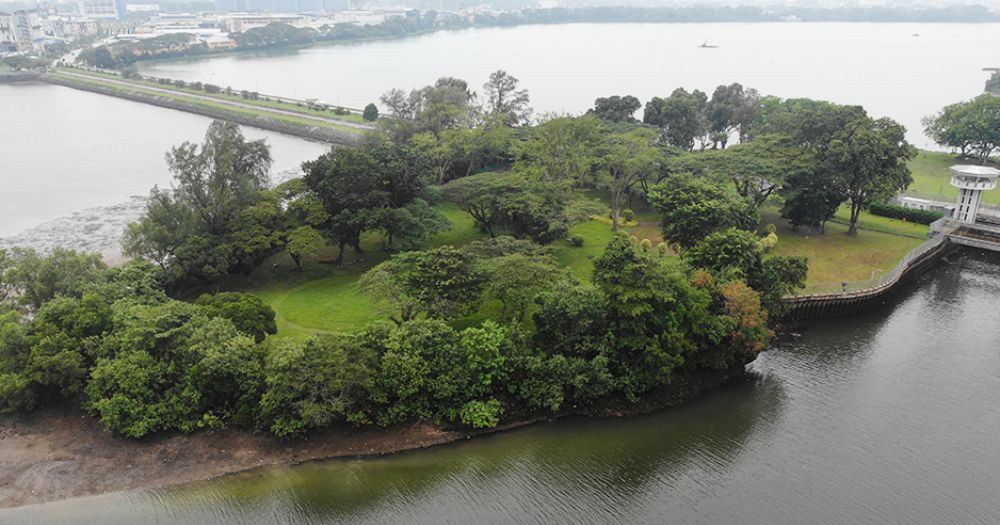Singapore is set to welcome its largest floating solar farm, which will begin constructions at Kranji Reservoir in 2025.
The solar farm, also technically known as the Floating Photovoltaic (FPV) System, will commence operations in 2027 or 2028, according to a report published on Jun. 7.
An environmental impact assessment (EIA) by environmental consultancy Environmental Resources Management indicated that its construction may proceed as the impacts can be dealt with adequately.
Expected to generate 141 megawatt-peak of clean energy
The FPV aims to accelerate Singapore's efforts in generating more renewable energy.
It is expected to be able to produce 141 megawatt-peak (MWp) of clean energy in Singapore, or 112.5MWp when converted to AC, which is the voltage used by the electricity grid and most of Singapore's electrical appliances.
The report confirmed that the FPV will consist of an in-reservoir FPV system, including PV panels, power conversion units, anchoring systems, connector cables, and an operational and maintenance berthing facility for boats, among other on-site components and facilities.
In 2018, the Singapore Economic Development Board (EDB) launched a request for information to explore the possibility of a 100MWp floating solar panel system for private-sector use.
"As companies turn to renewable energy to reduce their carbon footprint, the availability of renewable energy in Singapore is viewed as a favourable consideration for business investments and expansions," EDB said.
Measures to tackle environmental challenges
The EIA was commissioned by EDB to examine the project's feasibility and potential environmental impact in the area, as the Kranji Reservoir is home to diverse groups of species.
It concluded that the project's environmental impacts due to construction and operations can be “adequately managed" with certain mitigation measures in place.
Other measures include a comprehensive Environmental Monitoring and Management Plan (EMMP) to validate assessed impacts and monitor data trends throughout the span of the project.
The construction process will avoid installations where foraging birds frequent, and only placing the solar panels on 21.5 per cent of the reservoir's surface area.
Other biodiversity mitigation measures also include minimising the use of lighting during operations and implementing a biodiversity monitoring programme.
According to the report, its findings and plans had been in consultation with public stakeholders, nature groups and government agencies.
The FPV is expected to contribute to 7.1 per cent of Singapore's target of achieving 2,000 MWp of solar power generation by 2030.
As of 2024, other reservoirs, such as Tengeh Reservoir, with a floating solar system, have commenced operations.
There are two other upcoming projects in Lower Seletar Reservoir and Pandan Reservoir.
Top photo by National Parks Board
If you like what you read, follow us on Facebook, Instagram, Twitter and Telegram to get the latest updates.



